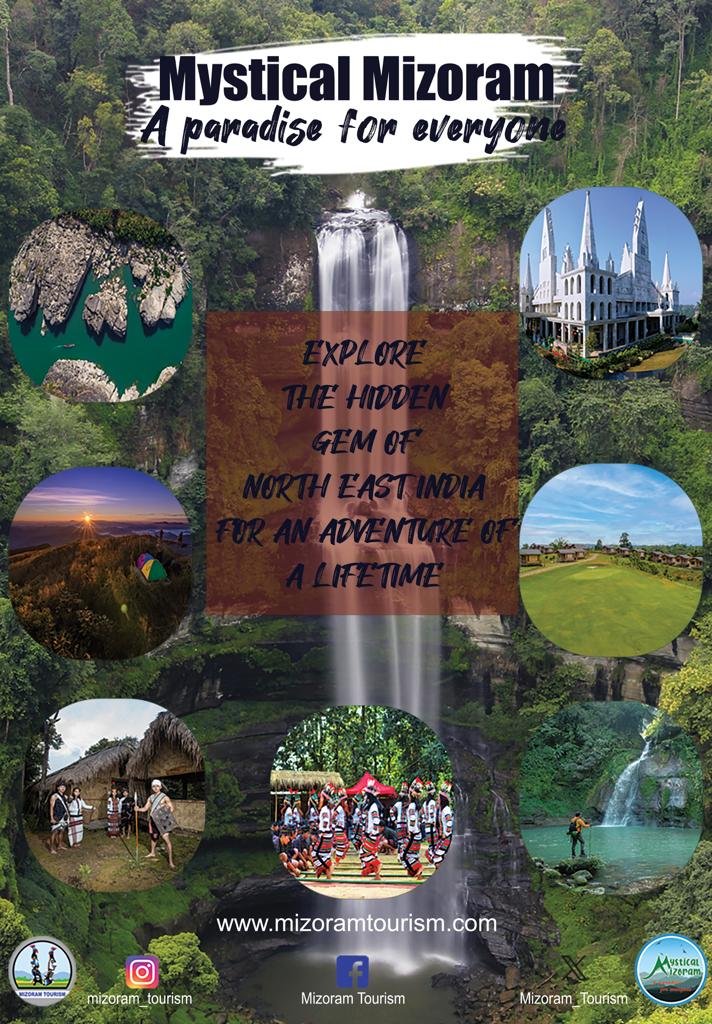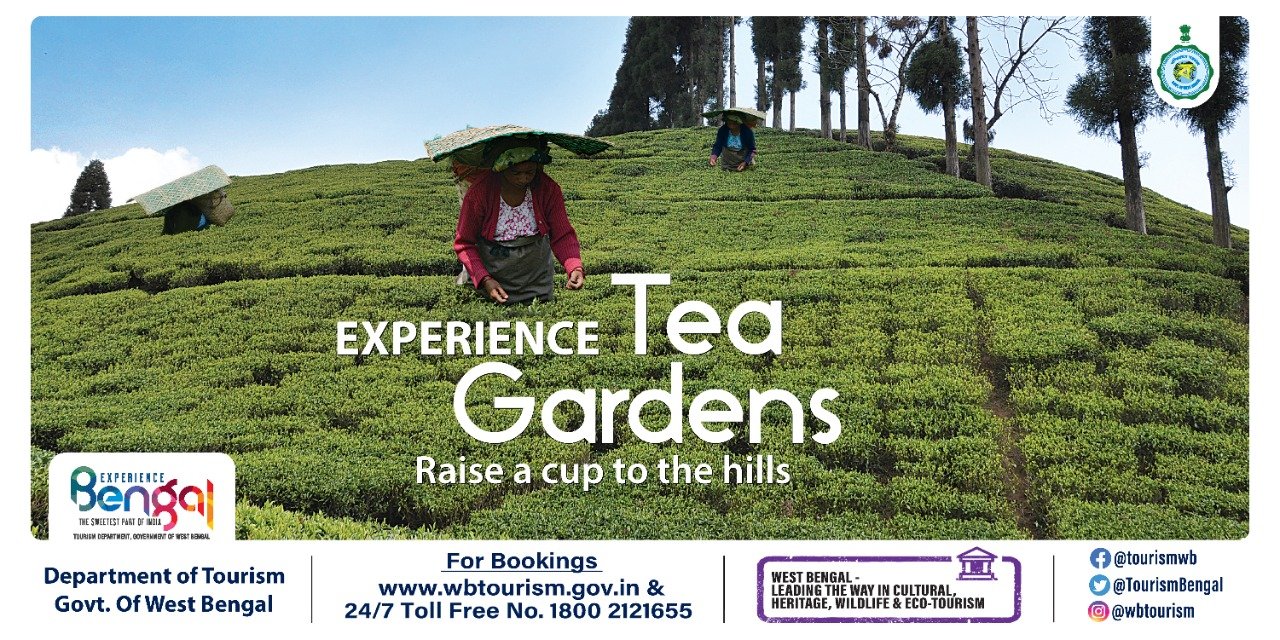
BY DR. RAVINDER PALL SAINI
INDIAN FOREST SERVICE (RETIRED)
MEMBER, BOARD OF MANAGEMENT
FOREST RESEARCH UNIVERSITY, DEHRADUN
DEHRADUN, 23 FEBRUARY 2023:
Kangchenjunga, also denoted as Kanchenjunga, Kanchanjanghā and Khangchendzonga, is the third-highest mountain in the world.
The name Kanchenjunga is originated from four words of Tibetan derivation, usually depicted as Kang-chen-dzo-nga or Yang-chhen-dzö-nga and understood in Sikkim as
the “Five Treasuries of the Great Snow.” The mountain holds a significant place in the mythology and religious ritual of the local inhabitants, and its slopes were no doubt familiar to herdsmen and traders for centuries before a rough survey of it was made.

It rests between Nepal and Sikkim, India, with three of the five peaks (Main, Central and South) directly on the border, and the remaining two (West and Kangbachen) in Nepal’s Taplejung District. It emerges with an elevation of 8,586 m (28,169 ft) in a section of the Himalayas called Kanchenjunga Himal delimited in the West by the Tamur River, in the North by the Lhonak Chu and Jongsang La, and in the East by the Teesta River.

Kanchenjunga is called K2 also, as it was first climbed in 1953 by Tenzing and Hillary, it lies in the Khumbu Himal range. K2 is called so because it was the second peak in the Karakoram Range of the Himalayas to be calculated.
Kanchenjunga is comprised of rocks of Neoproterozoic (late Precambrian) to Ordovician age (i.e., about 445 million to 1 billion years old). The mountain and its glaciers receive heavy snow during the summer monsoon season and a lighter snowfall during the winter. The individual summits connect to neighbouring peaks by four main ridges, from which four glaciers flow—the Zemu (northeast), the Talung (southeast), the Yalung (southwest), and the Kanchenjunga (northwest).

The first known map of Kanchenjunga was made by Rinzin Namgyal, one of the pandit (“learned”) explorers of the mid-19th century, who made a circuital sketch. In 1848 and 1849 Sir Joseph Hooker, a botanist, was the first European to visit and describe the region, and in 1899 the explorer-mountaineer Douglas Freshfield travelled around the mountain. In 1905 an Anglo-Swiss party attempted Freshfield’s recommended Yalung valley route, and four members perished in an avalanche. (Source: Britanica).

History of Kanchenjunga:
The name Kangchenjunga is derived from the Sanskrit word ‘Kanchana Ganga’.
Kanchana means gold and Ganga is the river which flows in the region. The river shines like gold and hence the name was given to the mountain. The name in Nepali is
Kanchanjangha and in local Limbu language it is called Sewalungma meaning the mountain we offer greetings to. Sewalungma is considered sacred in Kirant religion.

The name Kangchenjunga is spelt in several alternate ones like Kungchen Dzonga, Khangchendzonga, Kanchenjanga, Kachendzonga or Kangchanfanga. The name was thereby left as Kangchenjunga by its wide acceptance and usage.
Established in the year 1977, Kanchendzonga National Park was initially a Biosphere reserve. Previously it was named Kanchenjunga National Park and later it was turned into Kanchendzonga National Park. Inside the park there are a few Lepcha settlements.

Flora and Fauna of Kanchenjunga:
The flora and fauna of Kanchendzonga National Park is very rich and varied. The forest here consists of trees such as oaks, fir, birch, maple, and willow. Apart from these trees, there are also other alpine shrubs like mecohopsis, primula rhododendrons. Medicinal plants, herbs and other broadleaved trees can also be found here.

There are as many as 550 species of birds found here apart from the various reptiles.
Birds found here include Himalayan Griffon, Lammergeier, Tragopan Pheasant, Pheasant, Satyr Tragopan, Osprey, green pigeon, Tibetan snow cock.
Tourism in Kanchenjunga :
The Kanchenjunga is a favourite tourist hotspot with many tourists coming from across the world to have a glimpse of the third highest peak in the world. Some of the famous views of Mount Kangchenjunga are from the hill station of Darjeeling. The Darjeeling War Memorial is one of the most visited places to watch the Mount Kanchenjunga.
There are also trekking facilities to the mountain from Sikkim through the Goecha La Pass trek. This pass is in the front of the south-eastern face of Kanchenjunga. Another trek route is to the Green Lake Basin towards the northeastern side of the Mount Kanchenjunga along the Zemu Glacier.

Advertisement:






























Add Comment